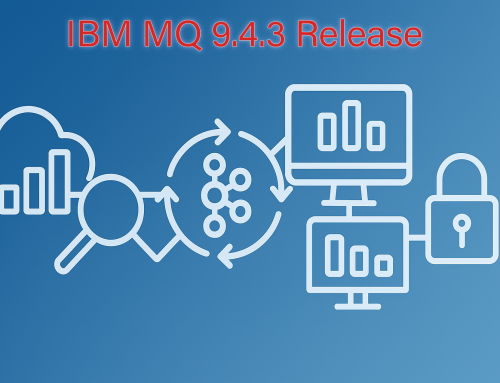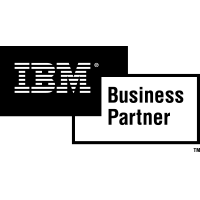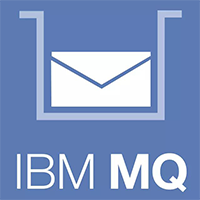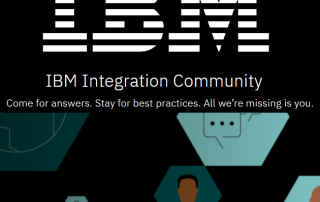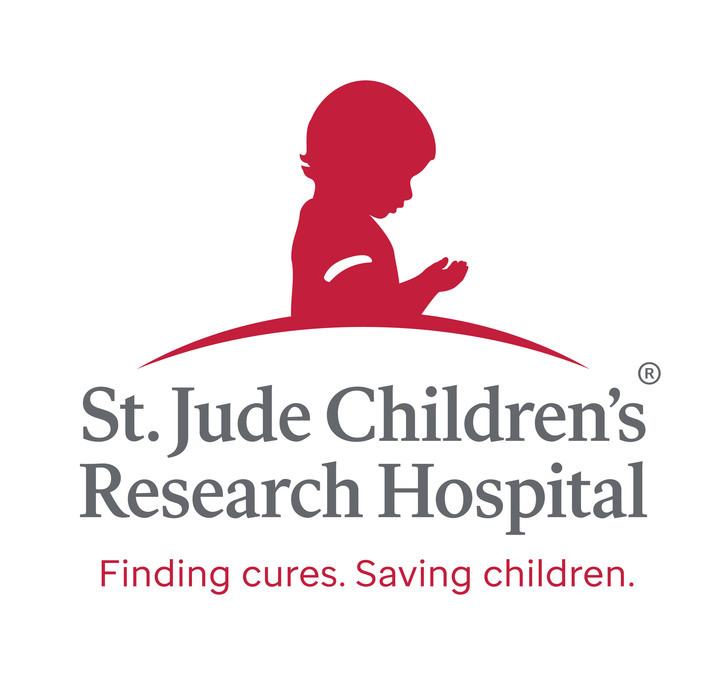AVADA & VNSNY:
As mobile devices became more prevalent in healthcare, both the clinicians and the IT staff at the Visiting Nurse Service of New York (VNSNY) began to think about the value of using mobile devices in their care of their patients.
Being able to enter data into the system directly from a wireless device instead of logging onto a PC would expedite the data entry process and make the nurses much more efficient in their daily visits. The clinicians at VNSNY also began thinking about the benefits of using images in their patient care. Being able to capture and store images of a wound, or having access to x-rays, could be useful to the nurses when visiting patients.
The issue was that the network in place simply wouldn’t support the level of data transfer required to send data and images from mobile devices. So the mission of the IT organization at VNSNY became developing a wireless network with high bandwidth and high reliability. VNSNY knew that building a reliable network was just as important as building a functional one. So to ensure its network functioned reliably and gain a deeper visibility into the message flow, VNSNY decided to implement a monitoring solution.
After reviewing several vendors in the market, VNSNY selected Avada Software and implemented Avada’s Infrared360® messaging and monitoring solution. According to VNSNY, this WebSphere-approved solution proactively identifies issues that lead to lost or misrouted transactions and provides the monitoring and alerting capabilities that are required to ensure its messaging network is reliable and efficient.
Today, all of the nurses at VNSNY carry tablet devices when visiting patients. An internally-developed application on the tablet device provides the nurses a very user-friendly, pen-based interface to collect and enter patient data such as medications, plan of care information, and even digital images.
While the front-end user interface is very streamlined and easy to use, the technology working behind the scenes to facilitate the data collection and storage is very advanced. The tablets connect to the IBM AIX operating system allowing users to transfer data via FTP. When those files are sent they are put onto a specific directory which is monitored by a C++ program, and then put into a message queue. From there, WebSphere MQ then sends the messages in the queue to an IBM DB2 database for storage and classification.
With the current network in place, the nurses at VNSNY are more efficient in delivering care to their patients and spend less time on administrative work and data entry. VNSNY reports that the recent move to a single sign-on for both the company’s intranet and the IBM AIX system has streamlined the submission of data even further and made it even easier for the nurses to do their jobs.
This piece is an abridged version of the article, “The power of a healthy network: Visiting Nurse Service of New York Leverages IBM, partner technology to streamline patient care” in WebSphere Insights – a new digital magazine for WebSphere professionals.Download the WebSphere Insights Web app to read the full article.


